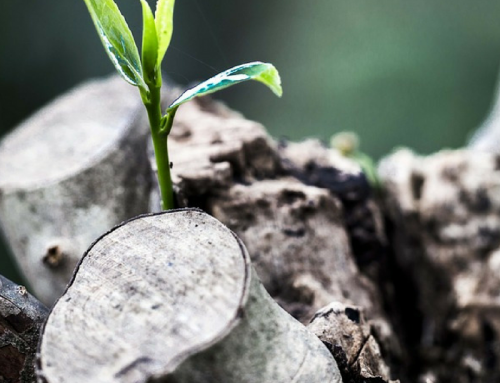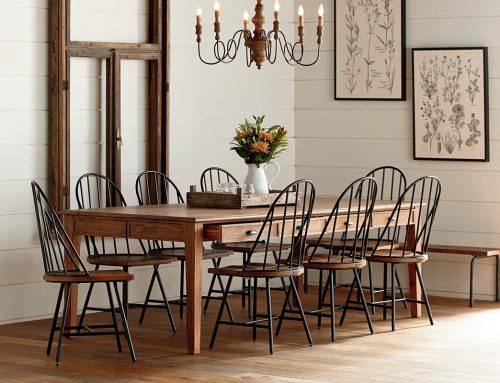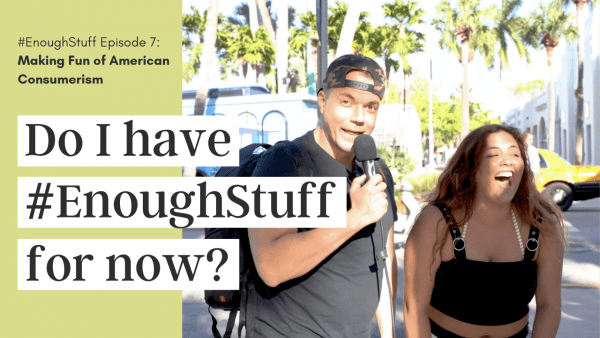Everybody wants to reduce their “stuff” and move closer to becoming a postconsumer. However, the idea of doing this can be incredibly overwhelming. Where should you even begin? We haven’t been trained to “reduce.” We’ve been trained to “consume.” While learning to be satisfied with less is, certainly, a process, we have the top ten ways that you can get started. We’ll talk more about each of these in detail in the future on the blog.
1. Make Lists: Looking at a closet or garage or roomful of stuff can just send your mind into a cluster. Instead of just trying to dive in, get organized first. Make a list of all the stuff that you have in a closet or storage area (or even a room) and then check off what you’re keeping and what you’re not. Following a list is going to be easier on you than trying to make decisions on the fly.
2. Go in Phases: Don’t try to go through your home and get rid of all of your extraneous stuff all in one shot! Make a single room or area a goal each week. The same thing goes for buying less. Don’t try to go cold turkey on the retail therapy. Set a “shopping” budget and then reduce it gradually over time.
3. Reward Yourself: When you’ve cleared the extra stuff out of a place or gone a week without buying extraneous things, reward yourself with a nice meal or some quiet time to yourself or anything else that you would consider a “prize” for having accomplished your goal.
4. Have a Yard Sale: Nothing gets rid of extra stuff faster than a yard sale, and it also builds community and helps others reduce their need to buy new consumer goods.
5. Set Limits and Write Them Down: Decide how much money you should be able to spend on “stuff” every month or how many new items you should be able to buy. Write the limits down so that they’re real to you!
6. Don’t Carry Your Credit Cards: It’s probably not realistic to say that you won’t have a credit card on you for emergencies, but don’t carry all of your cards. You want to make it difficult for you to give in to a momentary temptation to buy something.
7. Keep a Journal: Writing thoughts and feelings down is a great way to keep them in perspective as well as work through issues. As you reduce stuff, keep a journal of what you’ve gotten rid of, what purchases you didn’t make and how it made you feel to do these things. As we said, learning to reduce is a process. Journaling is part of any process!
8. Take Time to Breath: If you start to get overwhelmed in a store or looking at a full closet, just take a moment and breath. Think about the big picture and wait until your brain has calmed down before you face the store or space full of stuff again.
9. Get Involved in Activities: Stuff basically seems to temporarily fill up holes in our lives that we’re not lastingly filling up through emotional or social or mental interaction. Get involved in activities in your community to meet people, find satisfaction in improving the community and replace the need for stuff with actual life! We’re not emptying out, we’re filling up for real!
10. Find Support: You’re not the only person out there looking to learn to reduce. Use the internet for good! Find other like minded individuals to talk about the process with. In the best case scenario, find or organize a group in your own community to support each other in learning to live with less.





